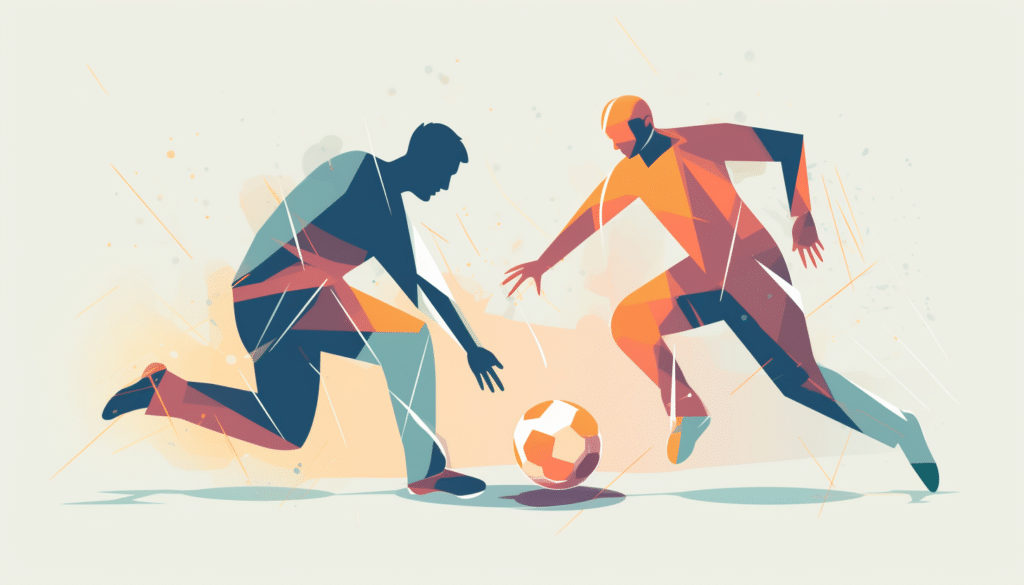Soccer, however, is the national craze. Germany hosted the 2006 World Cup matches, which is said to be one of the most watched television events in history. Its national team, unfortunately, wasn’t able to place better than third, but that hasn’t dimmed its enthusiasm for soccer.
Soccer leagues are separated into several levels. At the top are the two professional leagues: Bundesliga 1, whose top players received salaries are comparable to American pros; and the lesser but still professional Bundesliga 2. Each of these two professional leagues has 18 teams. To learn more about the Bundesliga in English go to https://www.bundesliga.com/en/bundesliga.
Below the Bundesliga or national soccer league there are the two Regionalliga or regional leagues, with the top amateur teams: Regionalliga North with 18 teams and Regionalliga South with 19. Then come the upper leagues or Oberligas and at the bottom are the Verbandligas local leagues. The vast majority of the country’s soccer clubs are in the bottom two leagues.
Teams can be promoted, or demoted, from one league to another. For example, the three Bundesliga 1 clubs that place lowest in a season are relegated to Bundesliga 2, and the three best Bundesliga 2 teams move up to take their places. The four Bundesliga 2 teams that do worst move down to one of the Regionaligas to be replaced by teams moving up. There are similar promotions and demotions within some of the lesser leagues as well.
But that’s not the whole story with the German national soccer leagues. Two exist for women, each with 12 teams and again with a similar system of promotion and demotion. The ladies of 1.FFC Frankfurt have dominated the league since it was established in 1990, and Germany’s national women’s team won the World Cup in 2007 for the second time running.
The soccer teams, big and small, are sponsored by sport clubs, with soccer being by far the most common form of sport club.
Two other sports federations, for marksmanship and tennis, also exist and have over a million members each.
The Marksman Club or Schützenverein dates back hundreds of years in Germany, and the Marksman Festivals or Schutzenfests they stage are gala occasions. There is target shooting with air weapons, small bore rifles and crossbows, plus lots of music, food and beer.
The Deutsche Tennis Bund, with 1.8 million members, is the world’s biggest tennis association. It was founded in 1902, but has received a great deal of impetus in recent years thanks to a couple of super sport heroes, Boris Becker and Steffi Graf.
Germany boasts more than 750 golf courses, with another hero, Bernhard Langer, whose international golf-pro status has helped to promote the sport and create enthusiasm for the sport.
Handball is a German invention and is probably more popular here than in most other countries. The Handball Bundesliga or national league has 18 teams, and the champion three years running has been THW Kiel.
Basketball, an American import, is beloved at the sports clubs and doing rather well in Germany. The Basketball Bundesliga, with 18 teams, was established in 1966. Alba Berlin has dominated the league in recent years though the Bayer Giants Leverkusen has the most championships, with 14.
The German Ice Hockey League or Deutsche Eishockey-Liga, not surprisingly, has the largest number of American and Canadian players overseas.


























